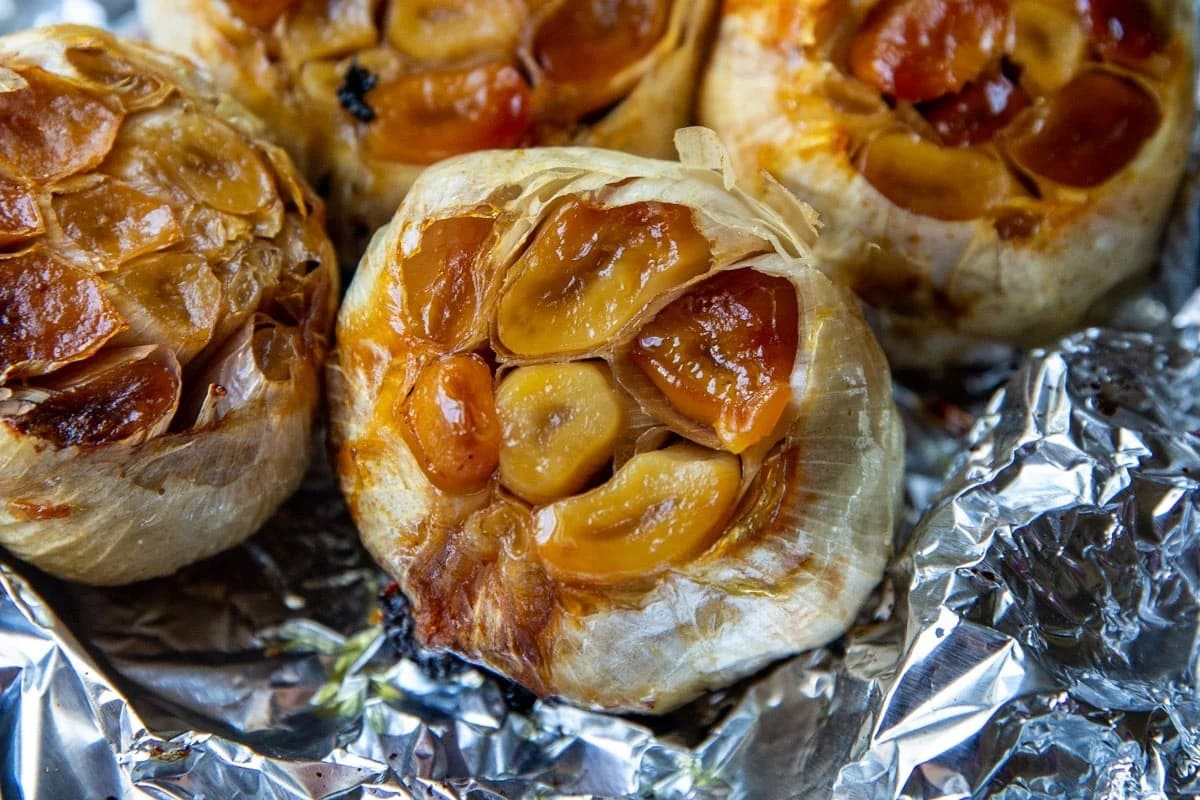

Articles
How To Store Roasted Garlic
Modified: August 25, 2024
Learn how to store roasted garlic for future use with these helpful articles. Preserve the rich flavor and enjoy the versatility of this delicious ingredient.
(Many of the links in this article redirect to a specific reviewed product. Your purchase of these products through affiliate links helps to generate commission for Storables.com, at no extra cost. Learn more)
Introduction
Welcome to the world of roasted garlic, where the flavors deepen, the aroma intensifies, and the culinary possibilities expand. Roasted garlic is a versatile ingredient that adds a deliciously rich and nutty flavor to a wide range of dishes, from soups and sauces to spreads and marinades. But what happens when you have leftover roasted garlic? How can you store it to ensure its freshness and flavor are preserved?
In this article, we will delve into the various methods of storing roasted garlic, including storing it in olive oil and freezing it. We will explore the benefits of each method, as well as provide tips and precautions for proper storage. Whether you are a garlic enthusiast or just someone looking to add a little extra flavor to your culinary creations, this guide is here to help.
So, let’s dive in and discover the best ways to store roasted garlic!
Key Takeaways:
- Storing roasted garlic in olive oil or freezing it extends its shelf life, enhances its flavor, and adds convenience to meal preparation. Follow proper storage methods and safety guidelines to enjoy this versatile ingredient with confidence.
- Whether you choose to store roasted garlic in olive oil or the freezer, prioritize freshness, cleanliness, and safe handling. By following these tips and precautions, you can savor the rich, nutty flavor of roasted garlic in your culinary creations.
Read more: How To Store Roast Garlic
Why Store Roasted Garlic?
Roasted garlic is renowned for its incredible flavor and many health benefits. When garlic is roasted, it undergoes a transformation. The pungent and sharp flavor mellows out, and the cloves become soft and caramelized. The result is a rich, creamy, and slightly sweet taste that can elevate any dish.
So, why should you consider storing roasted garlic? Here are a few compelling reasons:
1. Convenience:
By storing roasted garlic, you can have this flavorful ingredient on hand whenever you need it. Instead of roasting garlic every time a recipe calls for it, you can simply reach into your storage and add it to your dish. This saves time and effort, making meal preparation a breeze.
2. Extended Shelf Life:
Roasted garlic has a longer shelf life compared to fresh garlic. Fresh garlic bulbs typically last for a couple of weeks before they start to sprout or deteriorate. By roasting the garlic, you can extend its lifespan for several weeks or even months, depending on the storage method used.
3. Enhanced Flavor:
As roasted garlic ages, its flavor intensifies and deepens. The natural sugars in the garlic caramelize during the roasting process, resulting in a more complex and robust flavor profile. Storing roasted garlic allows these flavors to develop further, enhancing the taste of your dishes.
Read more: How To Roast Garlic In Air Fryer
4. Versatile Ingredient:
Storing roasted garlic opens up a world of culinary possibilities. You can use it as a spread on bread or crackers, mix it into sauces and dressings, or incorporate it into soups and stews. The versatility of roasted garlic makes it a valuable ingredient to have on hand.
Overall, storing roasted garlic allows you to enjoy its flavor and benefits for an extended period. It adds convenience to your cooking routine and enhances the taste of your dishes. Now that you understand the why, let’s explore the different methods of storing roasted garlic.
Types of Storage Methods
When it comes to storing roasted garlic, there are two primary methods that are widely used: storing it in olive oil and freezing it. Let’s take a closer look at each of these methods.
1. Storing Roasted Garlic in Olive Oil:
Storing roasted garlic in olive oil is a popular and convenient method. To do this, simply place the peeled and roasted garlic cloves in a clean, airtight jar or container. Pour enough olive oil over the cloves to fully submerge them, making sure they are completely covered. Seal the jar or container, and store it in the refrigerator.
This method not only preserves the roasted garlic’s flavor but also infuses the olive oil with its delicious taste. The oil can then be used in cooking or as a flavorful drizzle over salads and vegetables. It’s important to note that storing garlic in oil at room temperature can increase the risk of botulism, so be sure to store it in the refrigerator and use it within a few weeks.
2. Storing Roasted Garlic in the Freezer:
If you have a large amount of roasted garlic or want to store it for an extended period, freezing is an excellent option. Start by spreading the peeled and roasted garlic cloves on a baking sheet lined with parchment paper. Make sure the cloves are not touching each other, as they may freeze together. Place the baking sheet in the freezer for a couple of hours until the cloves are frozen solid. Then, transfer the frozen cloves into a freezer-safe bag or container and return them to the freezer.
By freezing roasted garlic, you can extend its shelf life for up to six months. When you need some roasted garlic for a recipe, simply take out the desired amount and let it thaw at room temperature before using. Keep in mind that the texture of the thawed garlic cloves may become slightly softer, but their flavor will remain intact.
These two methods provide different options for storing roasted garlic, depending on your preference and the quantity of garlic you have. Now that you know the different storage methods, let’s move on to some tips for proper storage to ensure the best results.
Read more: How To Roast Garlic In Toaster Oven
Storing Roasted Garlic in Olive Oil
Storing roasted garlic in olive oil is a popular and convenient method that not only preserves the garlic but also infuses the oil with its delicious flavor. Here’s a step-by-step guide on how to store roasted garlic in olive oil:
1. Prepare the Roasted Garlic:
Start by roasting the garlic cloves until they are soft and caramelized. Peel the roasted cloves, removing any excess skin or debris. Make sure the cloves are fully cooled before proceeding to the next step.
2. Choose a Storage Container:
Select a clean, airtight jar or container to store the roasted garlic. It’s essential to use a container that can fully seal, preventing air and moisture from getting in, which can lead to spoilage.
3. Submerge the Garlic in Olive Oil:
Place the peeled roasted garlic cloves into the container, ensuring they are arranged in a single layer and not stacked on top of each other. Next, pour enough olive oil into the container to fully submerge the cloves. The olive oil acts as a protective barrier, preventing the garlic from drying out and preserving its flavor.
Read more: How To Store Roasted Chickpeas
4. Seal and Store:
Once the garlic cloves are completely submerged in the olive oil, seal the container tightly. Make sure to label the container with the date to keep track of its freshness. Store the container in the refrigerator to keep the garlic and oil fresh.
5. Usage and Shelf Life:
To use the stored garlic, simply spoon out the desired amount of cloves from the jar and chop, crush, or mash them as needed for your recipe. The infused olive oil can also be used in cooking or as a flavorful drizzle over salads and roasted vegetables.
It’s important to note that storing garlic in oil at room temperature can create an environment for the growth of botulism-causing bacteria, which can be extremely dangerous. Therefore, always store roasted garlic in olive oil in the refrigerator and use it within a few weeks for optimal safety and flavor.
Storing roasted garlic in olive oil not only preserves the garlic but also enhances the taste of the oil. With this method, you can always have roasted garlic on hand to add a burst of flavor to your favorite dishes. Next, we will explore the alternative method of storing roasted garlic in the freezer.
Storing Roasted Garlic in the Freezer
If you have a large quantity of roasted garlic or want to store it for an extended period, freezing is an excellent method. Freezing roasted garlic helps to preserve its flavor and extend its shelf life. Here’s a step-by-step guide on how to store roasted garlic in the freezer:
1. Prepare the Roasted Garlic:
Start by roasting the garlic cloves in the oven until they become tender and develop a golden-brown color. Allow the roasted garlic to cool completely before proceeding.
Read more: How To Store Garlic In Freezer
2. Separate the Cloves:
Once the roasted garlic is cooled, separate the individual cloves from the garlic bulb. Carefully peel away the skin from each clove, ensuring the cloves remain intact.
3. Arrange on a Baking Sheet:
Line a baking sheet with parchment paper and arrange the peeled cloves in a single layer, making sure they are not touching each other. This will prevent them from clumping together during the freezing process.
4. Freeze the Garlic:
Place the baking sheet with the garlic cloves in the freezer. Allow them to freeze for a couple of hours or until they are solid and firm to the touch. Freezing the cloves individually before storing them prevents them from sticking together.
5. Transfer to Freezer-Safe Bags or Containers:
Once the cloves are frozen solid, transfer them to freezer-safe bags or airtight containers. Remove as much air as possible from the bags or containers before sealing them to prevent freezer burn. Label the bags or containers with the storage date for easy reference.
Read more: How To Store Unpeeled Garlic
6. Store in the Freezer:
Place the freezer-safe bags or containers with the roasted garlic in the freezer. It’s recommended to store the garlic in a location where the temperature remains consistently low to maintain its quality.
7. Thawing and Usage:
When you need to use the roasted garlic, simply remove the desired amount of cloves from the freezer and let them thaw at room temperature. Thawed roasted garlic may be softer in texture compared to fresh, but its flavor will remain intact.
By using the freezer method, you can extend the shelf life of roasted garlic for up to six months. Freezing roasted garlic is a convenient way to have this flavorful ingredient readily available for your favorite recipes.
Now that you understand how to store roasted garlic using both the olive oil and freezer methods, let’s explore some tips for proper storage to ensure the best results.
Tips for Proper Storage
Proper storage is crucial to preserving the flavor, texture, and quality of roasted garlic. To ensure the best results, consider the following tips:
1. Choose Fresh and High-Quality Garlic:
Start with fresh and high-quality garlic bulbs when roasting. Fresh garlic will have a stronger flavor and better texture, resulting in more flavorful roasted garlic.
Read more: How To Store Hardneck Garlic
2. Use Clean and Airtight Containers:
Whether you’re storing roasted garlic in olive oil or in the freezer, make sure to use clean and airtight containers or bags. This helps to prevent the garlic from absorbing any off-flavors and from being exposed to moisture or air, which can cause spoilage.
3. Label and Date:
Label the containers or bags with the storage date to keep track of how long the roasted garlic has been stored. This will help you prioritize which containers to use first and ensure you use the garlic within its recommended shelf life.
4. Limit Exposure to Air:
If storing roasted garlic in olive oil, ensure that the cloves are fully submerged in the oil to limit their exposure to air. Oxygen can lead to oxidation and spoilage, potentially compromising the quality and safety of the garlic.
5. Store in Proper Conditions:
Whether it’s in the refrigerator or freezer, make sure to store the containers away from strong odors and fluctuating temperatures. Stable and cool environments help to maintain the freshness and flavor of the roasted garlic.
Read more: How To Store Black Garlic
6. Practice First-In, First-Out (FIFO):
When using multiple containers of stored roasted garlic, practice the FIFO method. This means using the oldest container first to ensure that you consume the garlic before it starts to deteriorate in quality.
7. Use Safe Handling Practices:
When handling roasted garlic, always maintain clean and hygienic practices. Wash your hands thoroughly before and after handling the garlic to prevent the risk of contamination.
By following these tips, you can maximize the shelf life and maintain the quality of your stored roasted garlic. Now, let’s discuss some precautions and safety guidelines when handling and storing this flavorful ingredient.
Precautions and Safety Guidelines
While storing roasted garlic is a great way to preserve its flavor and enjoy its culinary benefits, it’s important to be aware of certain precautions and safety guidelines. Here are some key points to keep in mind:
1. Refrigerate or Freeze Promptly:
Roasted garlic should be refrigerated or frozen promptly after it has cooled down to prevent the growth of harmful bacteria. Leaving roasted garlic at room temperature for an extended period can promote bacterial growth and increase the risk of foodborne illnesses.
Read more: How To Store Roasted Peanuts
2. Avoid Storing Garlic in Oil at Room Temperature:
Storing roasted garlic in olive oil at room temperature can create an environment for the growth of botulism-causing bacteria. To prevent this, always store the garlic in the refrigerator and use it within a few weeks. Discard any garlic that shows signs of spoilage, such as mold or unusual odors.
3. Watch for Signs of Spoilage:
When using stored roasted garlic, always inspect it for signs of spoilage before consuming. Discard any garlic that appears discolored, slimy, or has an off-putting smell. These are indicators that the garlic has gone bad and should not be consumed.
4. Keep Containers Clean:
Ensure that the jars, containers, or bags used for storing roasted garlic are clean and free from any contaminants. Wash them thoroughly before use to avoid introducing bacteria or other harmful substances that could affect the quality and safety of the stored garlic.
5. Practice Good Hygiene:
When handling and storing roasted garlic, practice good hygiene by washing your hands thoroughly with soap and warm water before and after contact. This helps prevent the transfer of bacteria and minimizes the risk of cross-contamination.
Read more: How To Store Garlic In Fridge
6. Label for Easy Identification:
Labeling containers or bags with the storage date ensures that you can keep track of how long the roasted garlic has been stored. This helps you to prioritize the use of older garlic first and maintain the freshness and quality of your stored garlic.
7. Consult a Medical Professional:
If you have any health concerns or specific medical conditions, it’s always advisable to consult a healthcare professional before consuming stored roasted garlic. They can provide guidance based on your individual needs and ensure it’s safe for you to consume.
By following these precautions and safety guidelines, you can reduce the risk of foodborne illnesses and enjoy the delicious flavors of your stored roasted garlic with peace of mind.
Now, let’s conclude our exploration of storing roasted garlic.
Conclusion
Storing roasted garlic allows you to enjoy its incredible flavor and culinary benefits for an extended period. Whether you choose to store it in olive oil or in the freezer, both methods are effective in preserving the taste and quality of roasted garlic.
When storing roasted garlic in olive oil, make sure to submerge the cloves completely and store the container in the refrigerator. The infused oil adds a delicious taste to your dishes, but remember to use it within a few weeks to ensure safety.
If you have a large quantity of roasted garlic or want to store it for a longer duration, freezing is an excellent option. Freeze the peeled cloves individually before transferring them to freezer-safe containers or bags. This method extends the shelf life of roasted garlic for up to six months while maintaining its flavor.
To ensure the best results when storing roasted garlic, follow these tips: use fresh garlic, use clean and airtight containers, label and date your storage, limit exposure to air, store in proper conditions, practice FIFO, and handle garlic with proper hygiene.
Lastly, it’s important to be aware of the precautions and safety guidelines when handling and storing roasted garlic. Refrigerate or freeze promptly, avoid storing garlic in oil at room temperature, watch for signs of spoilage, keep containers clean, practice good hygiene, label for easy identification, and consult a medical professional if needed.
By following these guidelines, you can store roasted garlic with confidence, ensuring its freshness, flavor, and safety. So, next time you have leftover roasted garlic, remember these methods and tips to make the most out of this versatile ingredient.
Now, go ahead and explore the world of roasted garlic, adding its delightful taste to your favorite recipes whenever you desire!
Frequently Asked Questions about How To Store Roasted Garlic
Was this page helpful?
At Storables.com, we guarantee accurate and reliable information. Our content, validated by Expert Board Contributors, is crafted following stringent Editorial Policies. We're committed to providing you with well-researched, expert-backed insights for all your informational needs.
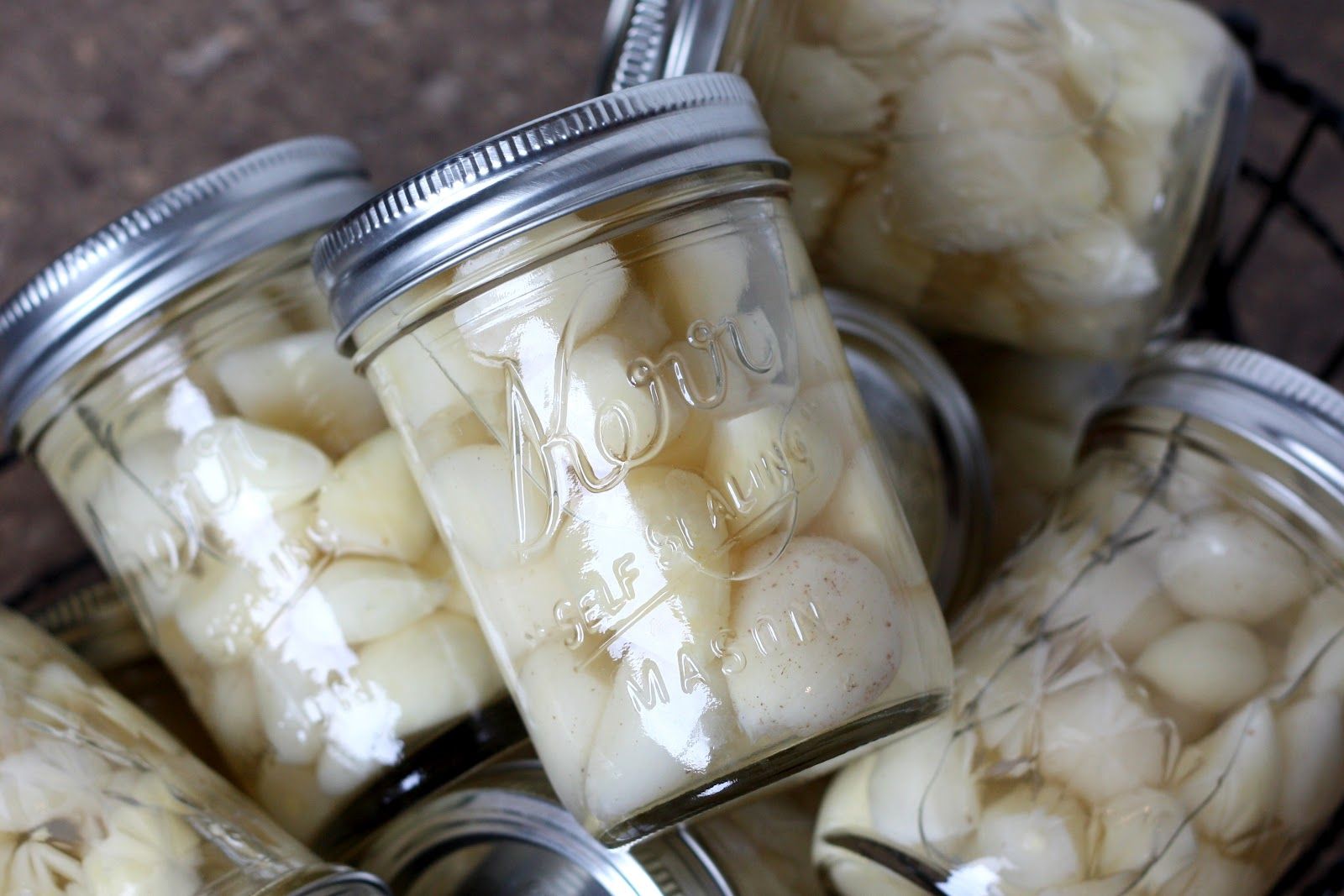
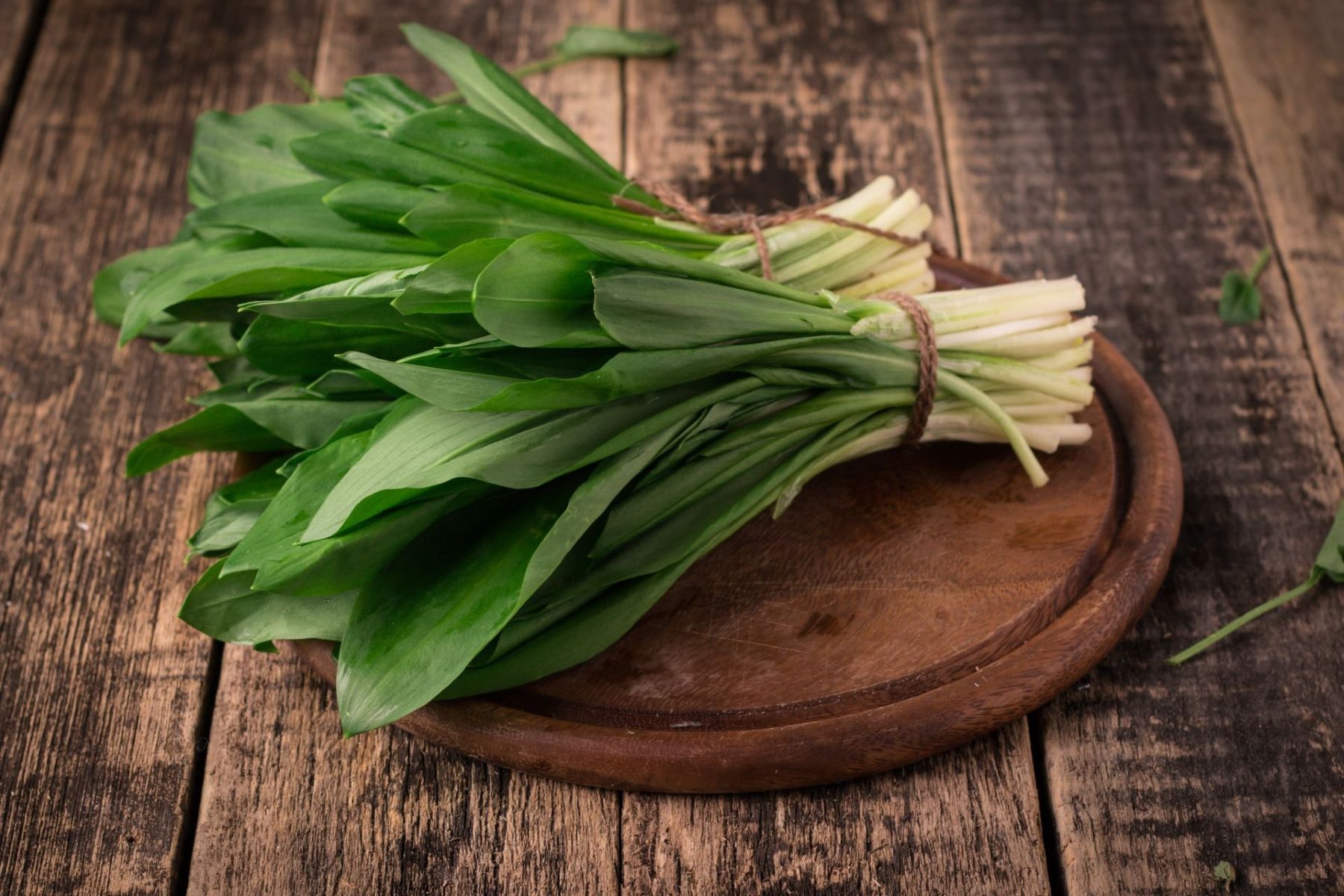
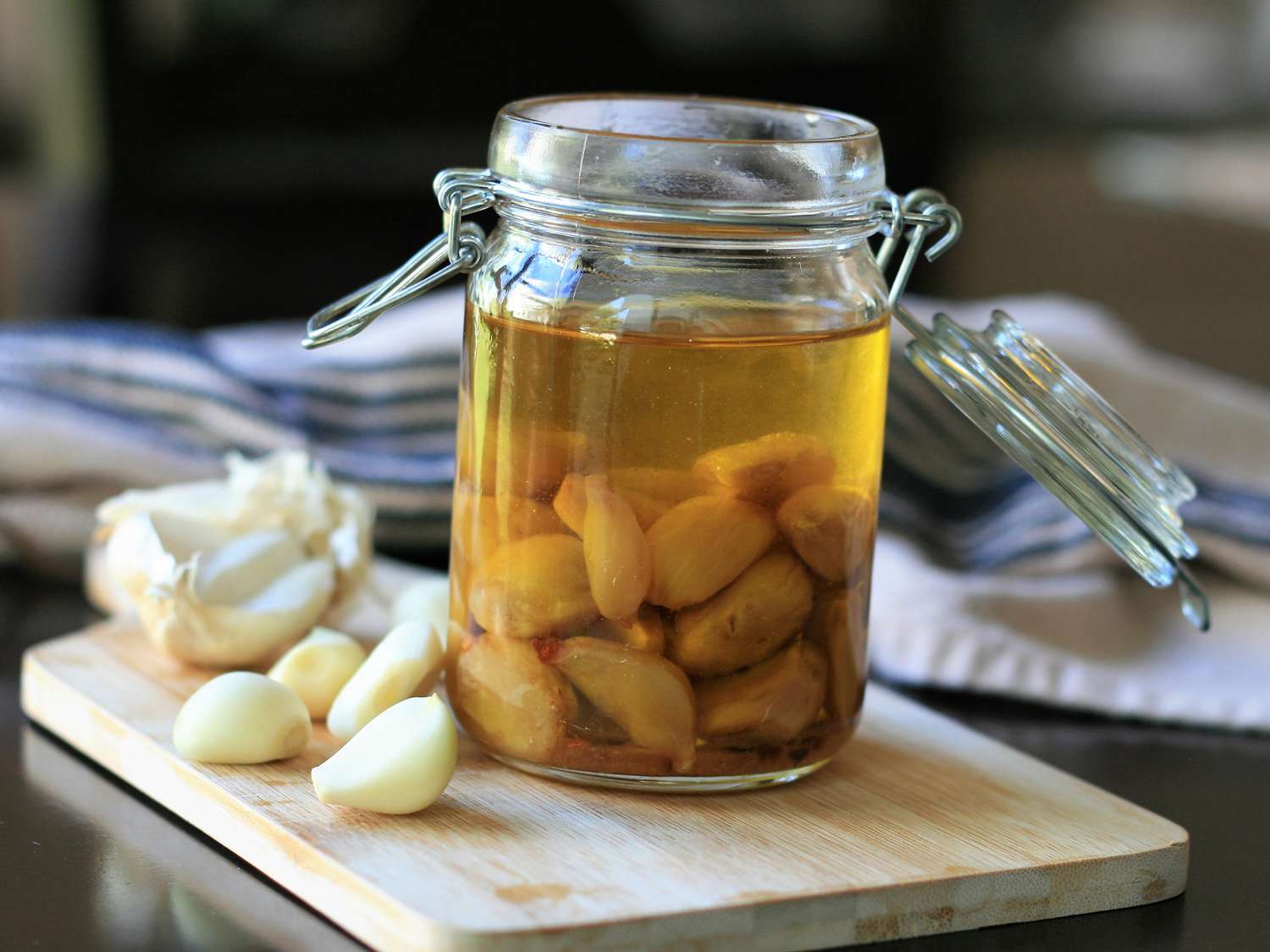
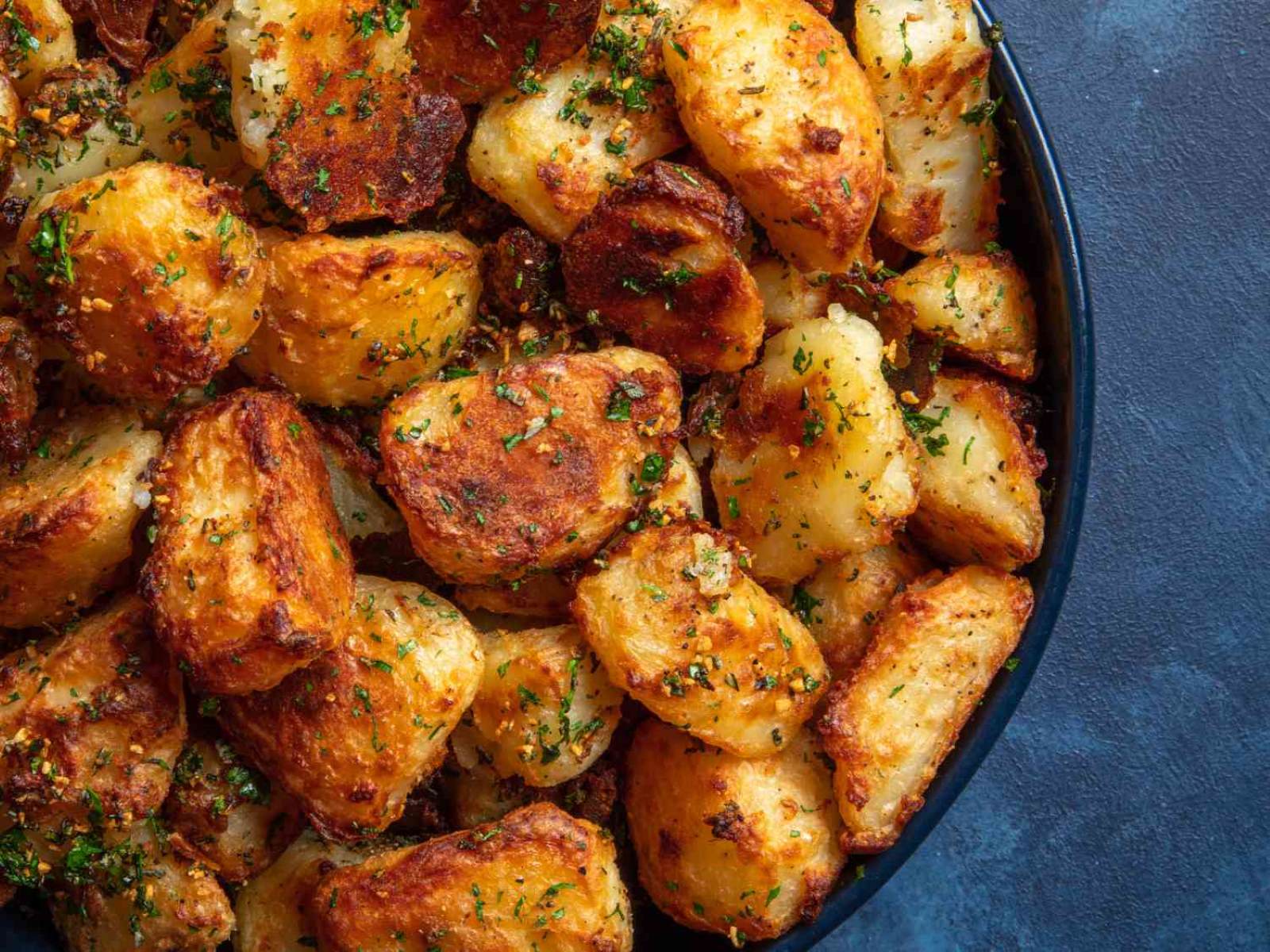
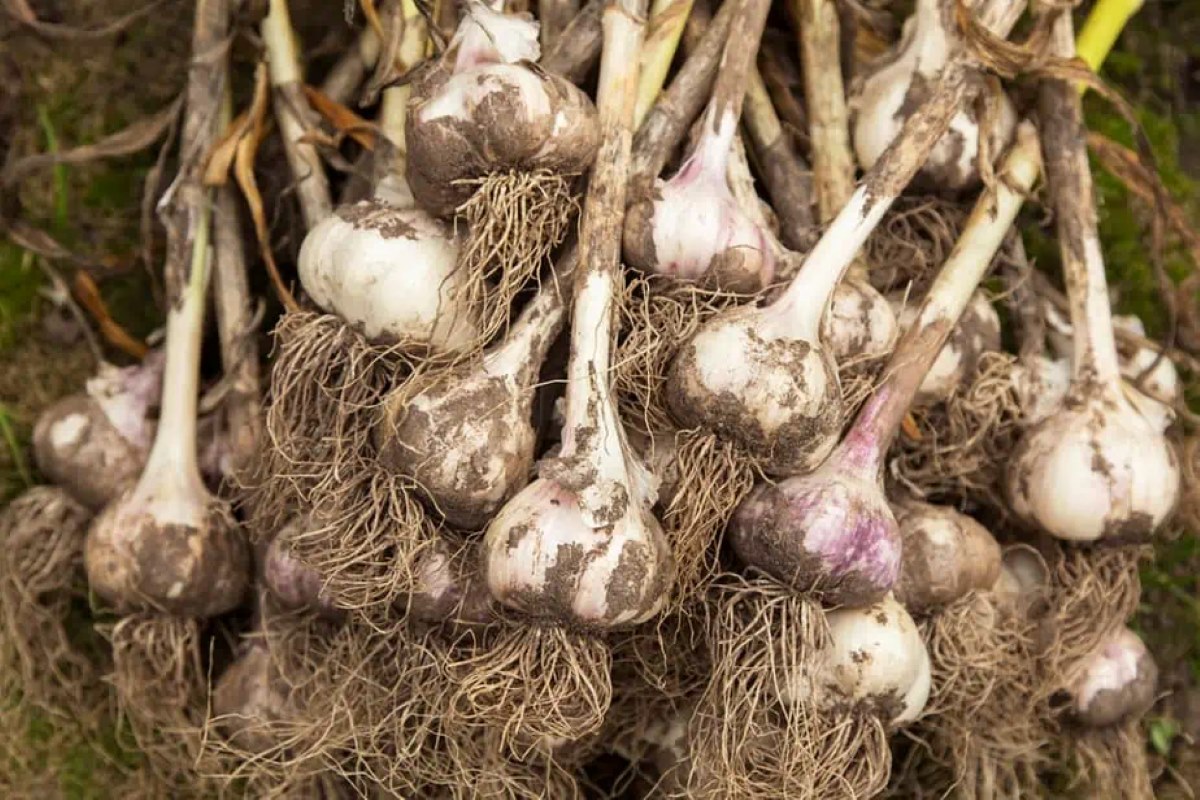
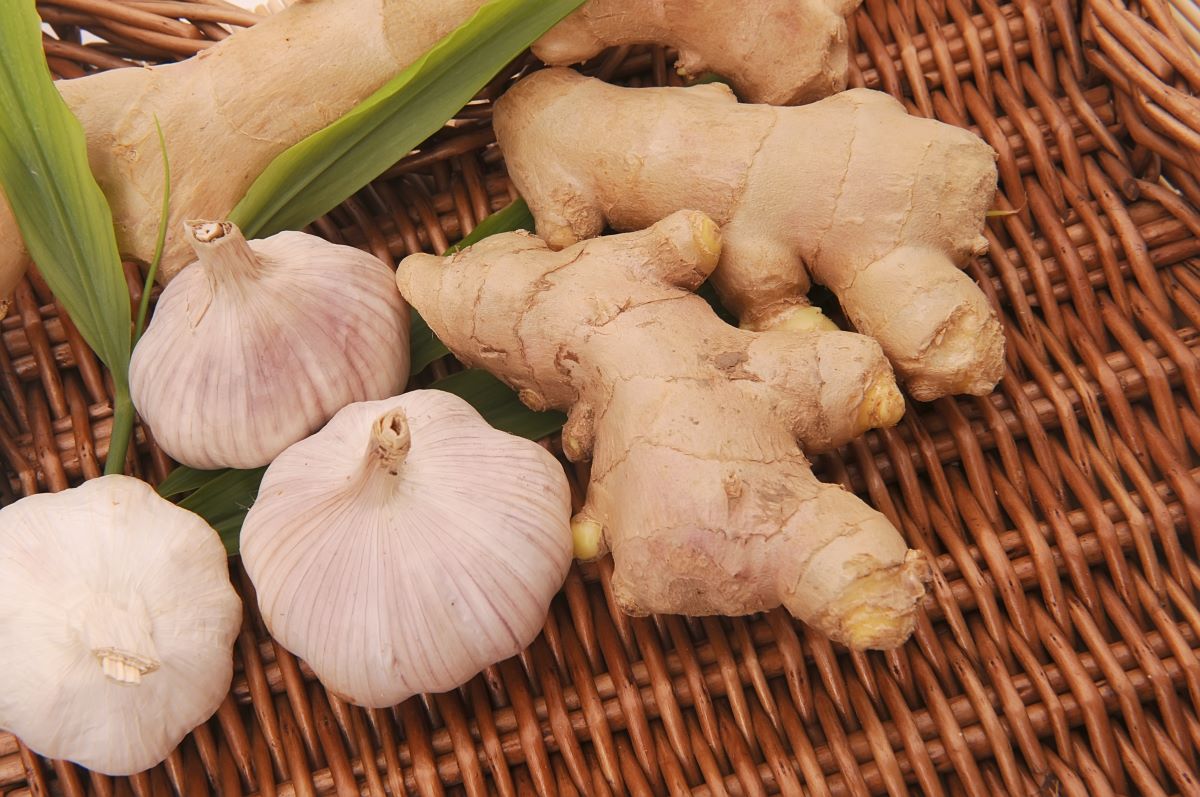

0 thoughts on “How To Store Roasted Garlic”